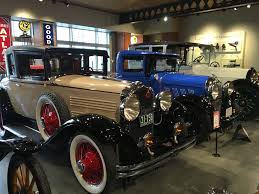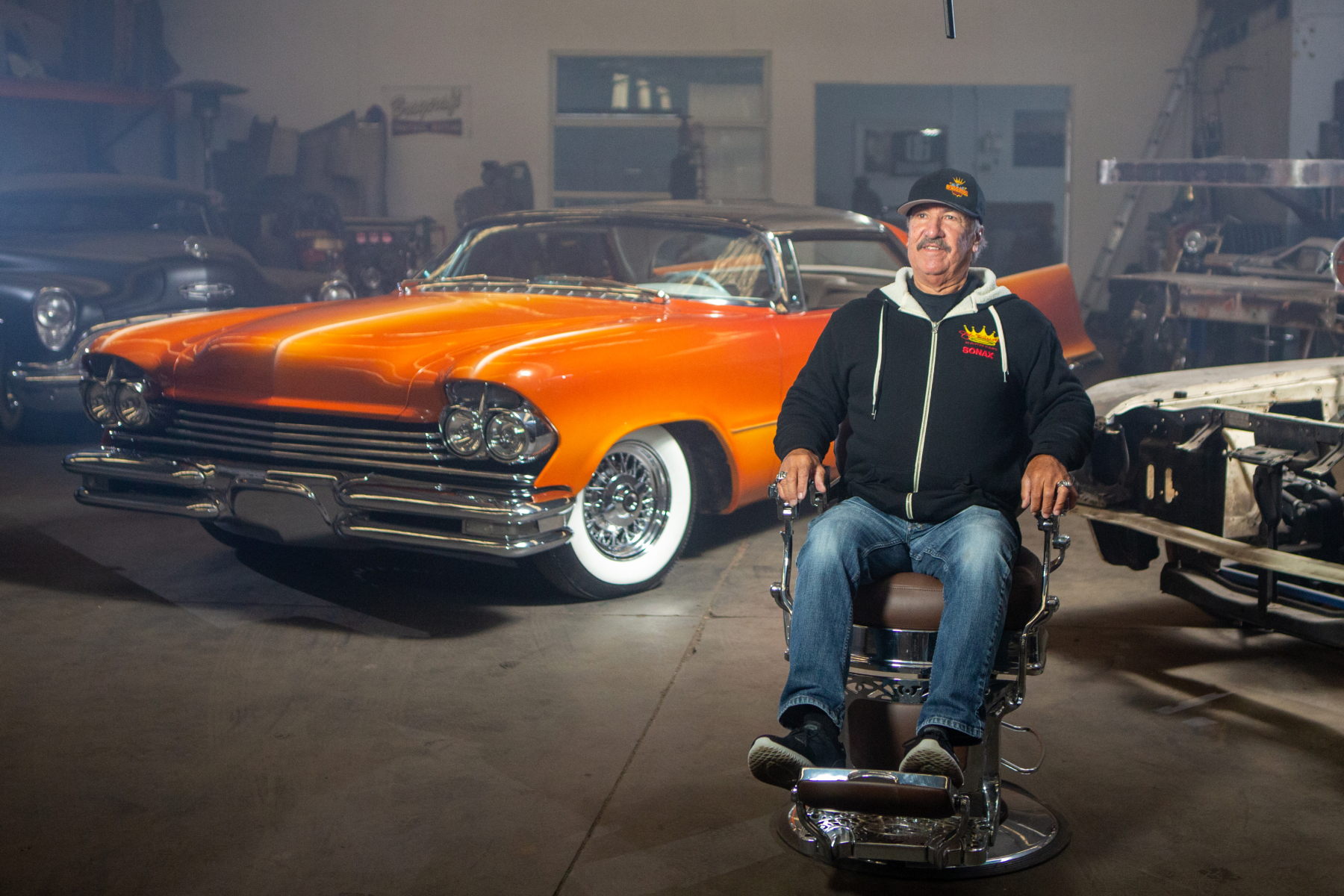

Readers who have been around since the 1970s or before will have witnessed continual movements in the value of vehicles we today know as ‘classics’.
Before 1960, older cars would be described as ‘vintage’ or maybe ‘antique’. The term ‘classic’ didn’t become common until used in the titles of books and motoring magazines that catered to older models.
Classic vehicles as we know them were mostly built from the end of World War 2 until the 1980s. Models built after that time and which spark collector interest might be known as ‘Modern Classics’.
People have been acquiring collections of cars almost since the car was invented. Collecting became more widespread during the 1970s and among the reasons for heightened interest were a sudden spike in oil prices, restrictions on vehicle use and reduced speed limits. Across the world there had also been more intensive regulation of automotive design and controls on engine emissions.
Older cars and motorcycles were generally not subject to retrospective safety laws or emission controls and motoring enthusiasts reacted by becoming more attracted to older cars.
As the 20th Century wore on, model sharing and design similarities between new models became widespread. People who drove to work looking at similar-shaped cars to the left and right of them wanted something to enjoy on weekends that looked and often sounded quite different to anything else on the street.
North America led the movement towards automotive preservation. By the 1980s, any hope that the United States would return to the ‘muscle car’ era was looking forlorn and those cars from earlier years that survived were under threat. ‘Cash for clunkers’ and ‘gas-guzzler’ laws were targeted expressly at older vehicles with big engines, so finding ways to preserve significant models became important to a great many US enthusiasts.
Another country where older vehicles came under serious threat was Japan. The country’s system of intensive roadworthiness testing rightly or not was regarded as a strategy for removing older cars from the road.
Many of Japan’s most significant vehicles were crushed or exported. Those that remained were very often not Japanese at all but high-profile imports such as Jaguar, Aston-Martin or Ferrari and owned by people who could afford a personal mechanic.
Historic motor sport gained favour in Australia during the 1970s and helped generate interest in older models. However it took a huge financial jolt – the October 1987 stock market collapse – to radically change the way people who still had some money came to view older cars.
While those at the top of the market were putting hundreds of thousands, even the occasional million, into cars with exemplary credentials, those with less to spend were following the trend and building small but enjoyable fleets.
Some investors who held on through the 1990s Recession would eventually make handsome profits, however a lot did not and plenty was lost when the liquidators moved in. That allowed even more ‘enthusiast’ buyers to snare quite significant cars at bargain prices.
Australia would then enjoy almost 15 years of stable values and growing enthusiast involvement. Values did increase but at sustainable rates and people who had wanted particular cars since their teenage years were able to leverage increasing home values to fund a ‘hobby’ car. Then came the 2005 muscle car ‘boom’ which saw a limited selection of local performance models climb dramatically before collapsing again.
Values blunted by the 2008 Global Financial Crisis had by 2015 almost recovered but then word began spreading that car production in Australia was coming under threat. Sure enough, in 2016 came the announcements that each of the nation’s vehicle manufacturers would cease production by the end of 2017.
Yet another fundamental shift in the market was occurring and prompted renewed demand for locally-made cars before their brands were consigned to history.
Iconic models had at the same time been making significant gains in the world market. Record prices were being set and broken within months and cars not seen in the open market for decades were becoming available. Again, enthusiasts further down the pecking order followed the trend and began buying back into an active market.
Enthusiast Underwriting closely follows vehicle market changes in Australia and throughout the world. Our database lists more than 80,000 different models and at any time day or night, even on weekends, clients who visit www.enthusiast.com.au are obtaining rapid quotes. Our system can locate even obscure models within seconds and create a quote that will hopefully save you some money.

